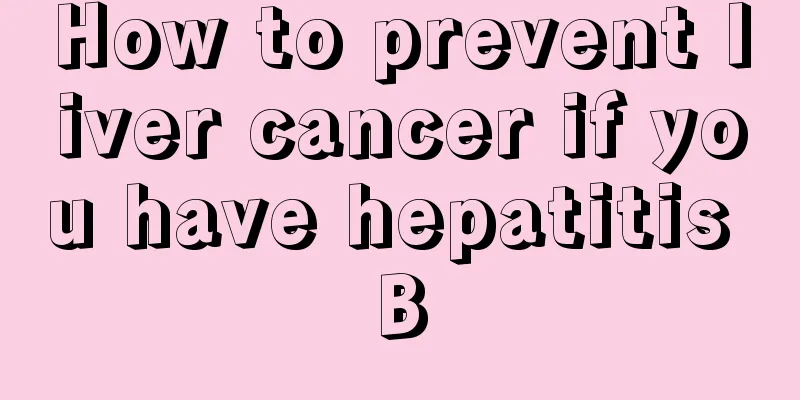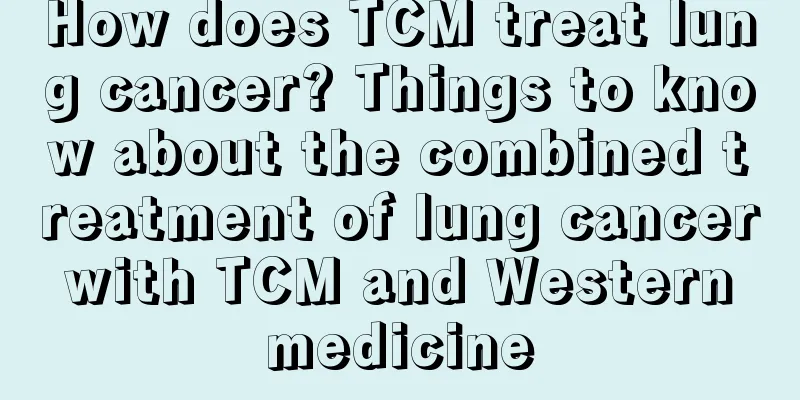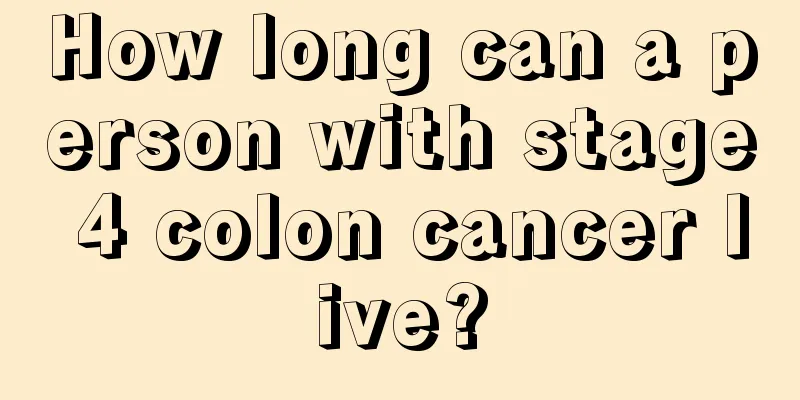Bronchial mucosal inflammation

|
Bronchitis is also a tracheal disease that torments many elderly people. After suffering from bronchitis, patients will obviously feel difficulty breathing, and once there are signs of excessive exercise, it is easy to cause respiratory failure. However, bronchitis is mainly an inflammation caused by viral infection of the inner surface mucosa of the bronchial tubes. The following is a detailed explanation for readers about bronchial mucosal inflammation. Bronchitis refers to a chronic, nonspecific inflammation of the trachea, bronchial mucosa and surrounding tissues. The main cause of bronchitis is repeated infection by viruses and bacteria, which results in chronic nonspecific inflammation of the bronchi. When the temperature drops, the small blood vessels in the respiratory tract spasm and ischemia, and the defense function decreases, which are conducive to the onset of disease; chronic stimulation such as smoke, dust, and polluted atmosphere can also cause the disease; smoking causes bronchospasm, mucosal mutations, reduced ciliary movement, and increased mucus secretion, which is conducive to infection; allergic factors also have a certain relationship. Cough, sputum, wheezing, fever, etc. are common symptoms of bronchitis, and repeated infections are its main characteristics. Due to improper treatment and other factors, the recovery rate of bronchitis patients in my country is low. The longer the treatment is delayed, the more secondary damage the trachea, bronchi, bronchioles, etc. will suffer, lung function will gradually decline, and immunity will also gradually decrease. This forms a vicious cycle, which can develop into chronic bronchitis, emphysema, chronic obstructive pulmonary disease, etc., and even be life-threatening. Therefore, you must pay attention to bronchial problems and not delay! Chronic bronchitis stage Coughing and expectoration for more than three months for more than two consecutive years. During this stage, the patient coughs mainly during the day and is more severe before going to bed at night, accompanied by white mucus sputum. If there is a bacterial infection, it will manifest as thick yellow sputum. Some patients will have fever, even high fever, and will experience chest tightness and discomfort, and may experience shortness of breath after activities. Emphysema Stage If chronic bronchitis is not effectively treated, or even with incorrect methods, it will continue to worsen, and in the later stages there will be problems with emphysema, difficulty breathing, less air intake, and even less air exhalation. At this time, the chest will gradually be propped up and become like a bucket, with the anterior-posterior diameter and the left-right diameter being almost the same thickness. The person will become breathless, and will be prone to hypoxia and chest tightness even in a calm state. Oxygen inhalation can relieve some of the symptoms, and sputum may be present all day long, still mainly white and sticky, with yellow sputum often spit out. COPD Stages Treatment principles 1. Anti-infection treatment: Administer effective, sufficient broad-spectrum antibiotics intravenously. 2. Hormones: can be administered intravenously or intramuscularly. 3. Keep the airway open: suck out throat secretions and inhale oxygen. If necessary, endotracheal intubation or bronchoscope insertion can be used to aspirate secretions and remove pseudomembranes. A tracheotomy may also be performed. 4. Supportive treatment: supplement nutrition, water, electrolytes, vitamins, and prevent dehydration and acidosis As emphysema becomes more severe, it will directly lead to the lung function irreversibly falling below 70% of normal people, or even more, thus truly entering the stage of chronic obstructive pulmonary disease. At this stage, due to the irreversible decline in lung function, the patient will suffer from shortness of breath even when standing still. Sitting down to rest may improve the shortness of breath, but it will still not be relieved. Coughing and sputum will become more serious, accompanied by hypoxia, and even oxygen will be required to maintain life. If the disease continues to develop, it may lead to pulmonary hypertension and even heart problems. Once chronic cor pulmonale occurs, the patient's life expectancy will drop a lot. The main symptoms are poor appetite, bloating, lower limb edema, etc. |
Recommend
How to drink Lotus Fragrance Slimming Tea?
Lotus scented slimming tea is a tea drink mainly ...
How to prevent lung cancer? These four points need attention
Once a tumor appears in the lungs, it will affect...
Do you know what hemiplegia means?
Hemiplegia is a movement disorder caused by hyper...
The significance of TGAB after hemisection of thyroid cancer
Thyroid cancer is a common thyroid malignant tumo...
Severe peeling on feet
Severe peeling of the feet may be caused by sympt...
Can masks prevent formaldehyde?
Many people think that if they wear a mask they c...
Do nuts enhance sexual performance?
Nuts are actually the seeds of some plants, and t...
What are the symptoms of spina bifida occulta
The development of the human spine is a process o...
Is lung nodule lung cancer?
Are lung nodules lung cancer? 1. Smoking causes l...
What should I do if a piece of my molar fell off
Brushing teeth and washing face are things that e...
Is regular massage effective for headaches?
In fact, after suffering from migraine, there is ...
How long can I last in this situation with advanced gastric cancer
Patients with advanced gastric cancer can general...
What dietary issues should be paid attention to when having kidney stones
Patients with kidney stones need to focus on scie...
How to remove oil stains from white clothes
If white clothes are stained with oil, the whole ...
What are the characteristics of sinus arrhythmia?
Sinus arrhythmia often occurs in babies over 3 ye...









